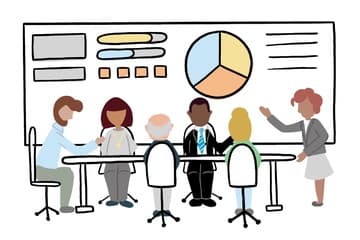Getting Started with Business Agility in AIA
Getting Started with Business Agility in AIA
Business Agility is a complex undertaking and, at the scale of AIA, this is highly magnified.
This playlist is designed to amplify and accelerate the journey that AIA is on. Each of these research reports, references, and case studies have been carefully selected to highlight the breadth of what is possible.
The component DomainHighlight has not been created yet.
The component DomainHighlight has not been created yet.
The component LibraryHighlightsSmall has not been created yet.
The component LibraryHighlightsSmall has not been created yet.
The component LibraryHighlightsSmall has not been created yet.

